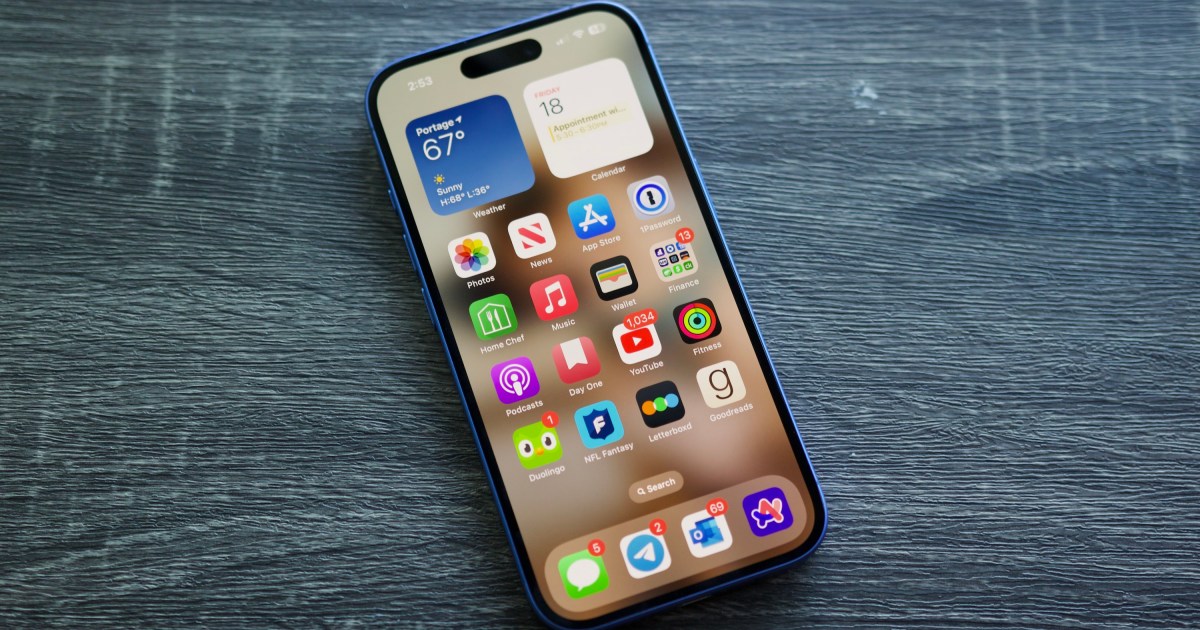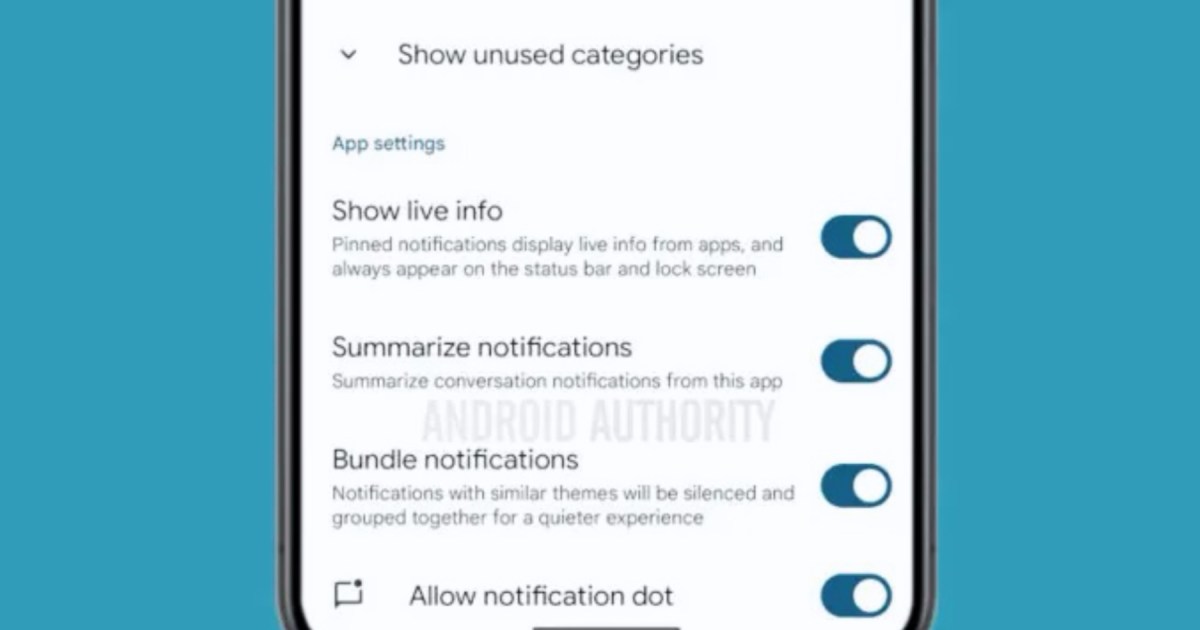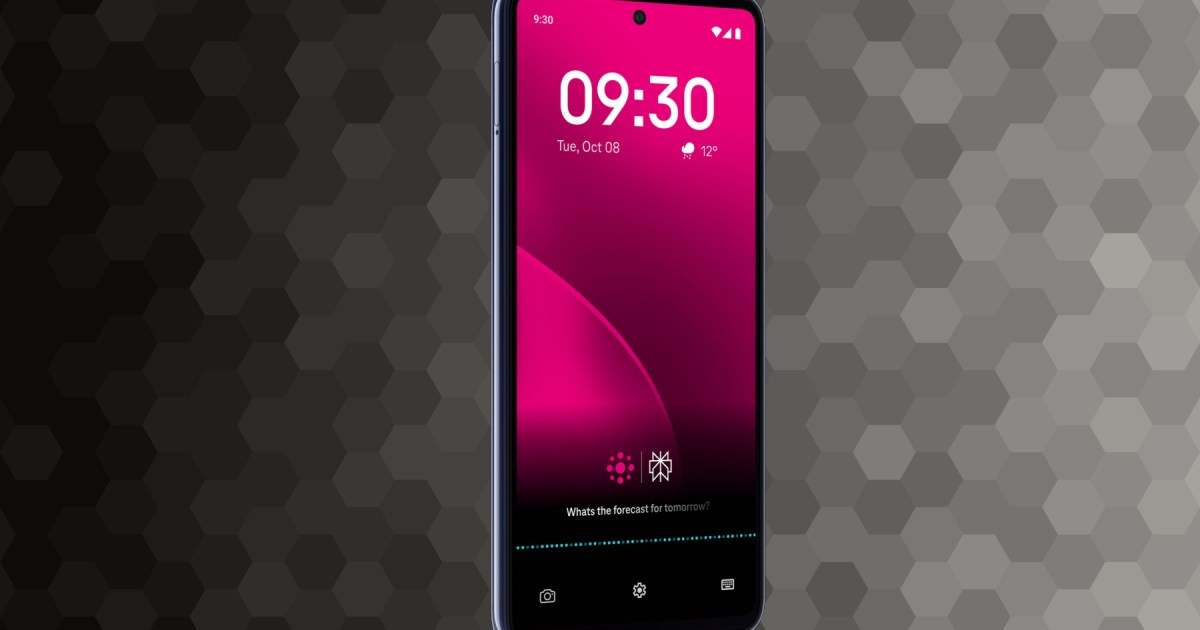OnePlus has always been known for its innovative designs, and the three-stage alert slider has been a fan favorite. However, this beloved feature is being retired in favor of a more versatile button. Co-founder Pete Lau confirmed this change, explaining the decision to move towards greater functionality while acknowledging the slider’s popularity. Currently, the slider only allows switching between silent, ring, and vibrate modes. The new button is expected to offer customizable profiles and much more.
 Alternative text: Close-up view of the alert slider on an Oppo Find X8 smartphone.
Alternative text: Close-up view of the alert slider on an Oppo Find X8 smartphone.
Reclaiming Space for Enhanced Hardware
The OnePlus 10T faced criticism for omitting the alert slider. OnePlus explained that removing the slider, which occupies about 30 square millimeters, freed up valuable internal space. This allowed for improvements like an additional charging pump for faster charging and a larger battery. The 10T also benefited from 15 antennas for improved signal reception during gaming.
 Alternative text: The OnePlus 10T and OnePlus 10 Pro side by side on a wooden desk.
Alternative text: The OnePlus 10T and OnePlus 10 Pro side by side on a wooden desk.
This move reflects the increasing demand for processing power and battery life in modern smartphones. Even minor increases in battery capacity and thermal management are significant, especially with the growing size of camera modules. Removing the alert slider provides OnePlus with opportunities to prioritize key internal upgrades.
 Alternative text: Diagram illustrating the antenna placement and configuration within the OnePlus 10T.
Alternative text: Diagram illustrating the antenna placement and configuration within the OnePlus 10T.
Expanding Functionality Beyond the Slider
Lau highlights the inherent limitations of the alert slider, explaining that its function is tied to its physical position, restricting reprogramming and expansion. A button, however, offers vastly increased customization. Short presses, long presses, double clicks, and triple clicks can be assigned different actions, enabling complex shortcuts.
 Alternative text: Close-up of the alert slider on a OnePlus Open Apex Edition smartphone.
Alternative text: Close-up of the alert slider on a OnePlus Open Apex Edition smartphone.
This concept is already present in other smartphones. For example, pressing the power button five times on a Pixel phone triggers an emergency SOS. While accidental presses can occur, the benefits of customization outweigh the risks. Apple’s Action Button on iPhones exemplifies this, replacing their own alert slider with functionality for sound profiles, focus modes, camera access, Visual Intelligence, flashlight, apps, and shortcuts.
 Alternative text: Close-up of the alert slider on a OnePlus 11 smartphone.
Alternative text: Close-up of the alert slider on a OnePlus 11 smartphone.
 Alternative text: Close-up image of the Action button on an iPhone 16.
Alternative text: Close-up image of the Action button on an iPhone 16.
From Humble Beginnings to Enhanced Control
The alert slider debuted on the OnePlus 2 in 2016, managing notification profiles rather than sound. Users could choose between “No interruptions,” “Priority interruptions only,” and “All notifications.” Priority contacts could be designated for calls, and a “Repeat Caller” feature allowed a second call from the same number within 15 minutes.
 Alternative text: The alert slider on a OnePlus 2 smartphone.
Alternative text: The alert slider on a OnePlus 2 smartphone.
Over time, OnePlus integrated Do Not Disturb mode into the slider, streamlining call and notification management. While similar features existed on iPhones, OnePlus’ implementation was highly regarded.
The Appeal of the Alert Slider
OnePlus has consistently refined the alert slider, both in hardware and software. The OnePlus 13’s slider boasts a textured button for easy identification and comfortable grip. The tactile feedback and on-screen profile display enhance the user experience. The slider offered a quick and convenient way to manage sound profiles compared to the multi-step processes required on other phones.
 Alternative text: The side of a OnePlus Nord 4 smartphone, featuring the Alert Slider.
Alternative text: The side of a OnePlus Nord 4 smartphone, featuring the Alert Slider.
The Promise of a Customizable Button
The new button’s potential extends far beyond the slider’s capabilities. Imagine launching AI features, accessing specific camera modes, or switching to a desktop environment with a single click. The possibilities are vast.
 Alternative text: Close-up of the alert slider on a OnePlus 12R smartphone.
Alternative text: Close-up of the alert slider on a OnePlus 12R smartphone.
OnePlus has a track record of providing users with extensive software customization. This history inspires optimism about the upcoming “function button” and its potential to deliver a truly personalized user experience.










